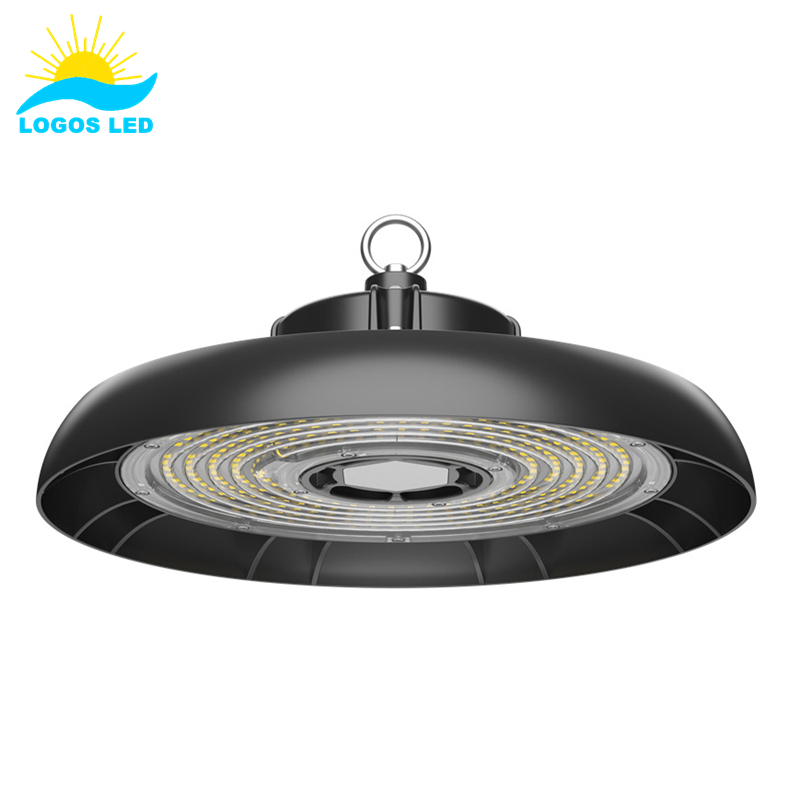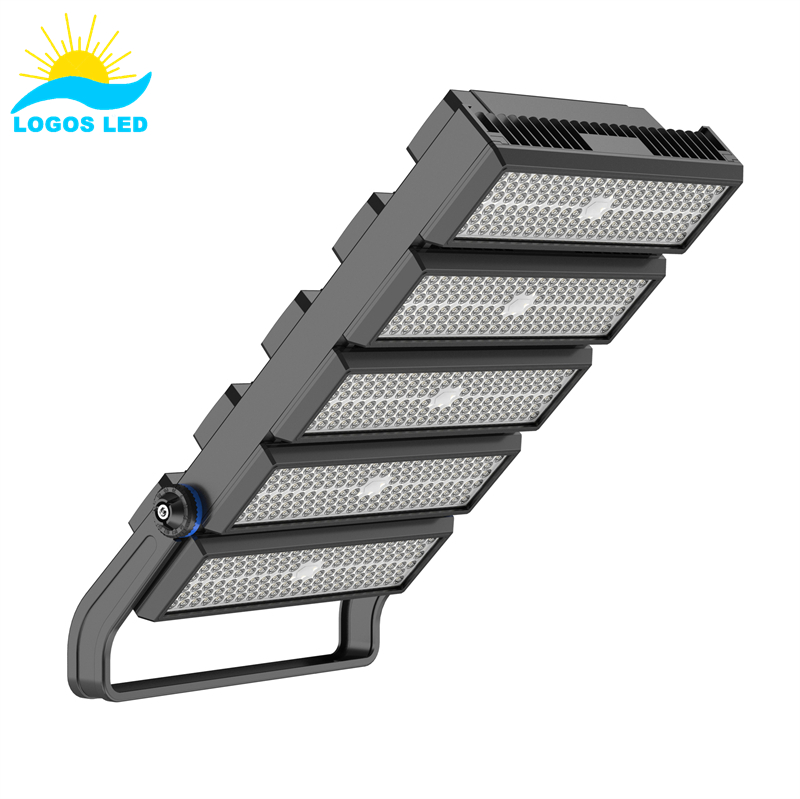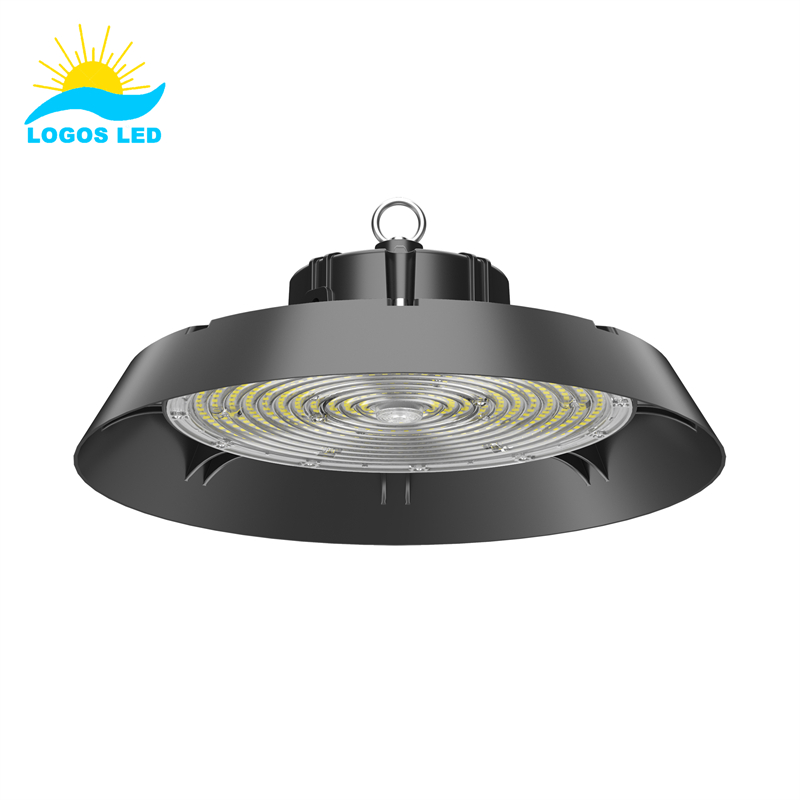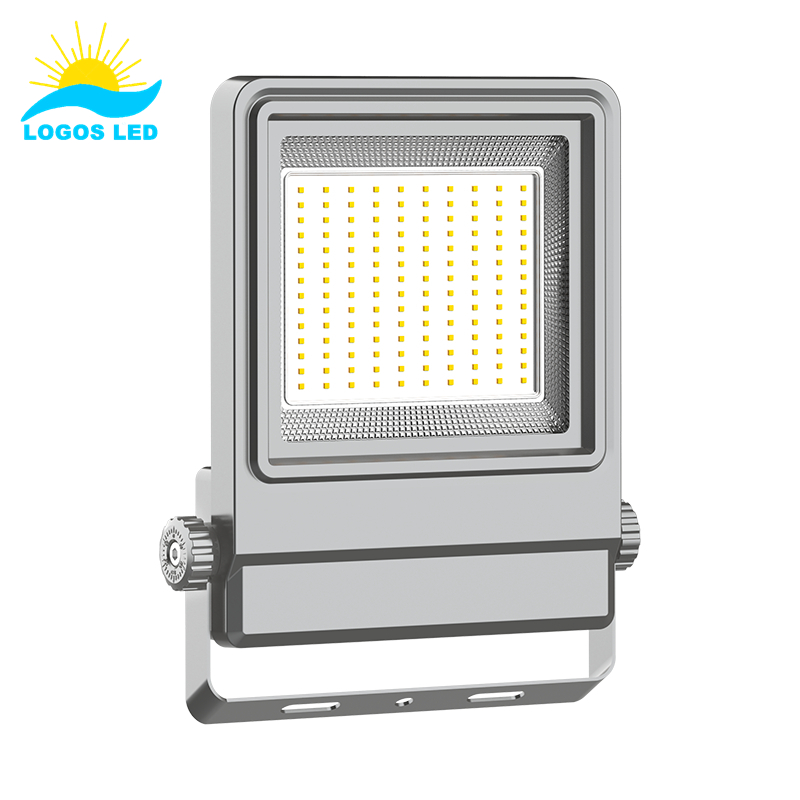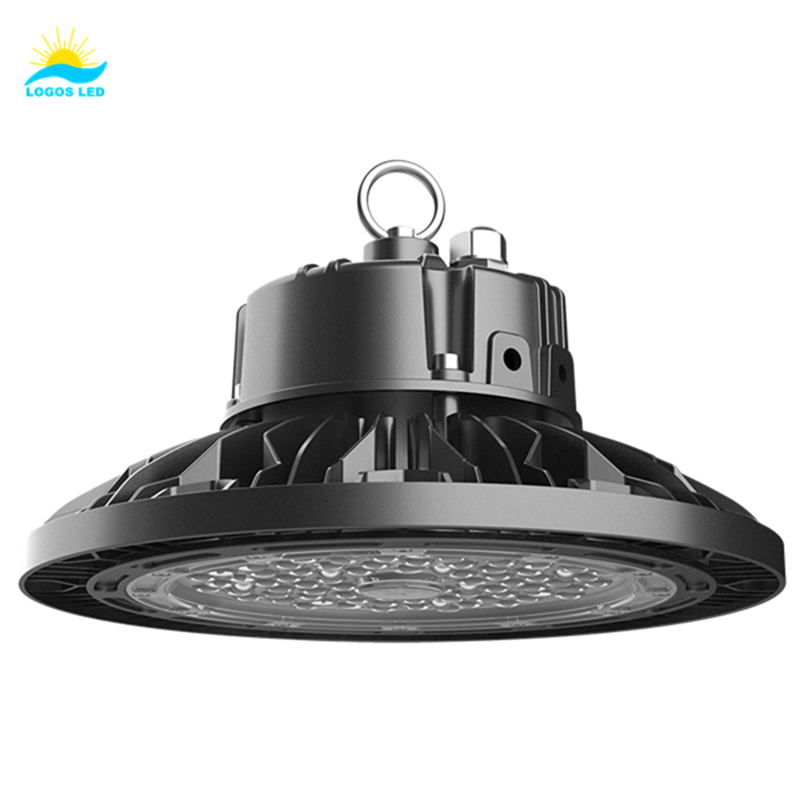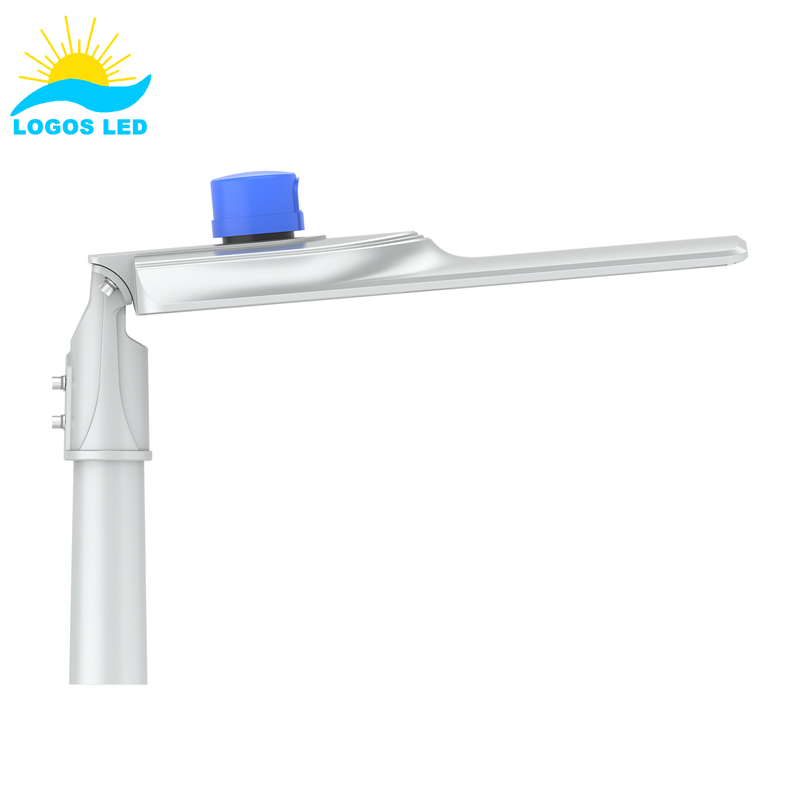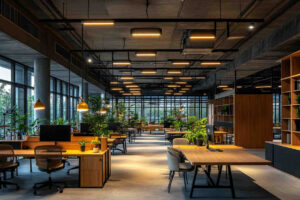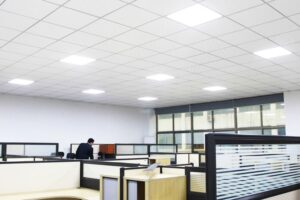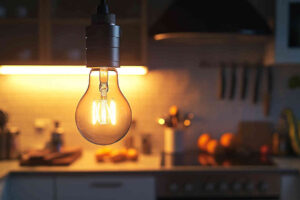Moisture, dust, and debris can wreak havoc on lighting fixtures if they’re not properly protected. Without the right level of protection, electrical components can fail, leading to expensive repairs or even dangerous situations. Choosing a light with the correct IP rating ensures longevity, performance, and safety in different environments.
IP rating (Ingress Protection) measures how well a light fixture is protected from solid particles and liquids. It consists of two numbers: the first digit indicates protection against solids (like dust), while the second digit represents resistance to water. For example, an IP65-rated fixture is completely dust-tight and can withstand water jets, making it ideal for outdoor use. Understanding IP ratings helps you pick the right lighting for indoor, outdoor, and wet environments.
Now, let’s break down what IP ratings mean and how they apply to different lighting needs.
Table of Contents
What Does IP Mean for Lighting?
An IP (Ingress Protection) rating is an international standard that defines how well a lighting fixture is sealed against dust and water. The rating consists of two digits:
- First digit (0-6): Measures protection against solid particles like dust and dirt.
- Second digit (0-9): Indicates resistance to liquids, including rain, splashes, and water jets.
For example, if a fixture is rated IP65:
- The “6” means it’s fully dustproof.
- The “5” means it can handle low-pressure water jets without damage.
Understanding IP ratings ensures you select the right lighting for the right conditions—whether for a dry indoor space, an outdoor area, or a location exposed to heavy rain and dust.
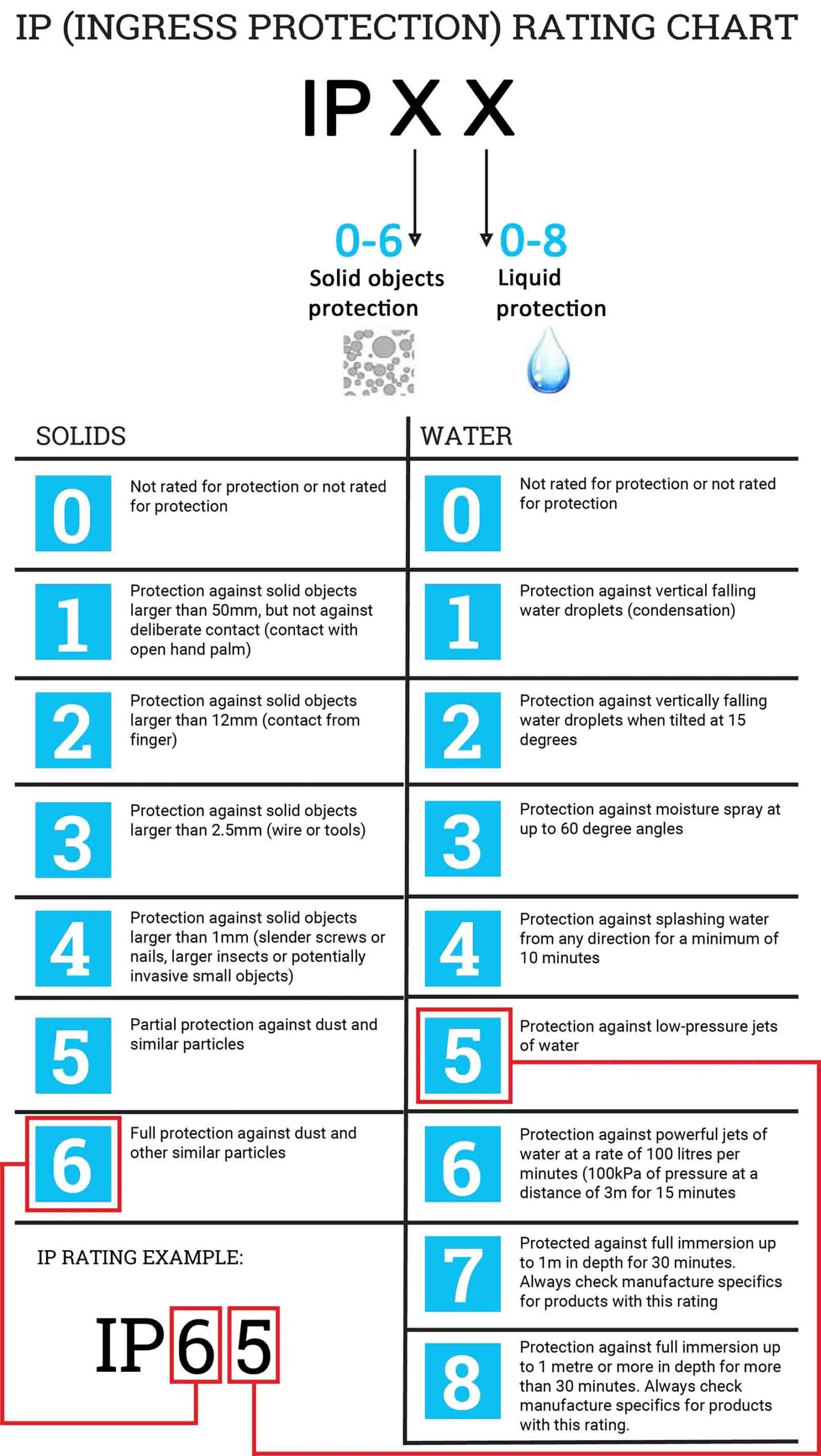
IP Rating Chart
Understanding these numbers makes it easier to choose the right lighting for different environments. Pick the wrong IP rating, and you’re looking at early failures, costly replacements, or even safety hazards.
Lighting IP Rating Chart
If you’re selecting lighting for any space—indoors, outdoors, or extreme environments—you need to understand IP ratings. The chart below breaks down Ingress Protection (IP) ratings, showing how well a fixture stands up to dust (first digit) and water (second digit) so you can choose wisely.
| IP Rating | First Digit – Solid Protection | Second Digit – Liquid Protection | Application |
|---|---|---|---|
| IP20 | No protection against small objects or dust | No protection against water | Indoor dry areas (offices, bedrooms) |
| IP44 | Blocks solid objects larger than 1mm | Protects against water splashes from any direction | Bathrooms, kitchens, covered outdoor spaces |
| IP54 | Limited dust protection | Protects against splashing water | Industrial indoor use, semi-outdoor lighting |
| IP65 | Completely dustproof | Can handle water jets from any direction | Outdoor floodlights, street lights, warehouse lighting |
| IP66 | Completely dustproof | Resists strong water jets | Harsh weather conditions, exterior security lighting |
| IP67 | Completely dustproof | Can handle temporary submersion in water (up to 1m for 30 mins) | Underwater lighting, landscape lighting |
| IP68 | Completely dustproof | Can withstand continuous submersion | Submerged pool lights, marine applications |
| IP69K | Completely dustproof | Can handle high-pressure, high-temperature water jets | Industrial wash-down areas, food processing plants |
How to Read an IP Rating?
- First Digit (0-6): Measures protection against solid particles like dust and dirt.
- Second Digit (0-9): Shows resistance to water, from splashes to full submersion.
For example:
- IP65 = Dustproof + Protected against low-pressure water jets.
- IP67 = Dustproof + Can be submerged in water up to 1 meter.
Choosing the Right IP Rating for Your Lighting
- Indoor dry areas: IP20 – IP44
- Bathrooms & kitchens: IP44 – IP65
- Outdoor lighting (street & floodlights): IP65 – IP67
- Underwater & extreme environments: IP68 – IP69K
Picking the correct IP rating isn’t just about protection—it’s about getting the longest lifespan, safest operation, and best performance for your lighting.
How LED Lighting IP is Tested?
When a light claims to be dustproof or water-resistant, how do you know it actually holds up? That’s where Ingress Protection (IP) testing comes in. These tests, based on IEC 60529 international standards, determine how well an LED light can resist dust and water intrusion.
IP Testing for Solid Protection (First Digit)
The first digit (0-6) tells you how well a light resists solid particles like dust and debris. Here’s how it’s tested:
- IP1X (50mm object protection) – A 50mm probe (about the size of a hand) is applied to ensure it can’t fully enter the fixture.
- IP2X (12.5mm object protection) – A 12.5mm probe (about finger-sized) checks for entry resistance.
- IP3X (2.5mm object protection) – A 2.5mm probe is used to make sure small tools or wires can’t get inside.
- IP4X (1mm object protection) – A 1mm probe tests whether tiny solid objects can enter the fixture.
- IP5X (Dust-protected) – The light is placed in a sealed dust chamber for 8 hours, with vacuum pressure applied. A little dust inside is acceptable, but it can’t affect performance.
- IP6X (Dust-tight) – The light undergoes a high-pressure vacuum test to prove absolutely no dust can enter.
These tests ensure LED fixtures stand up to the elements—whether in a dusty warehouse or a construction site.
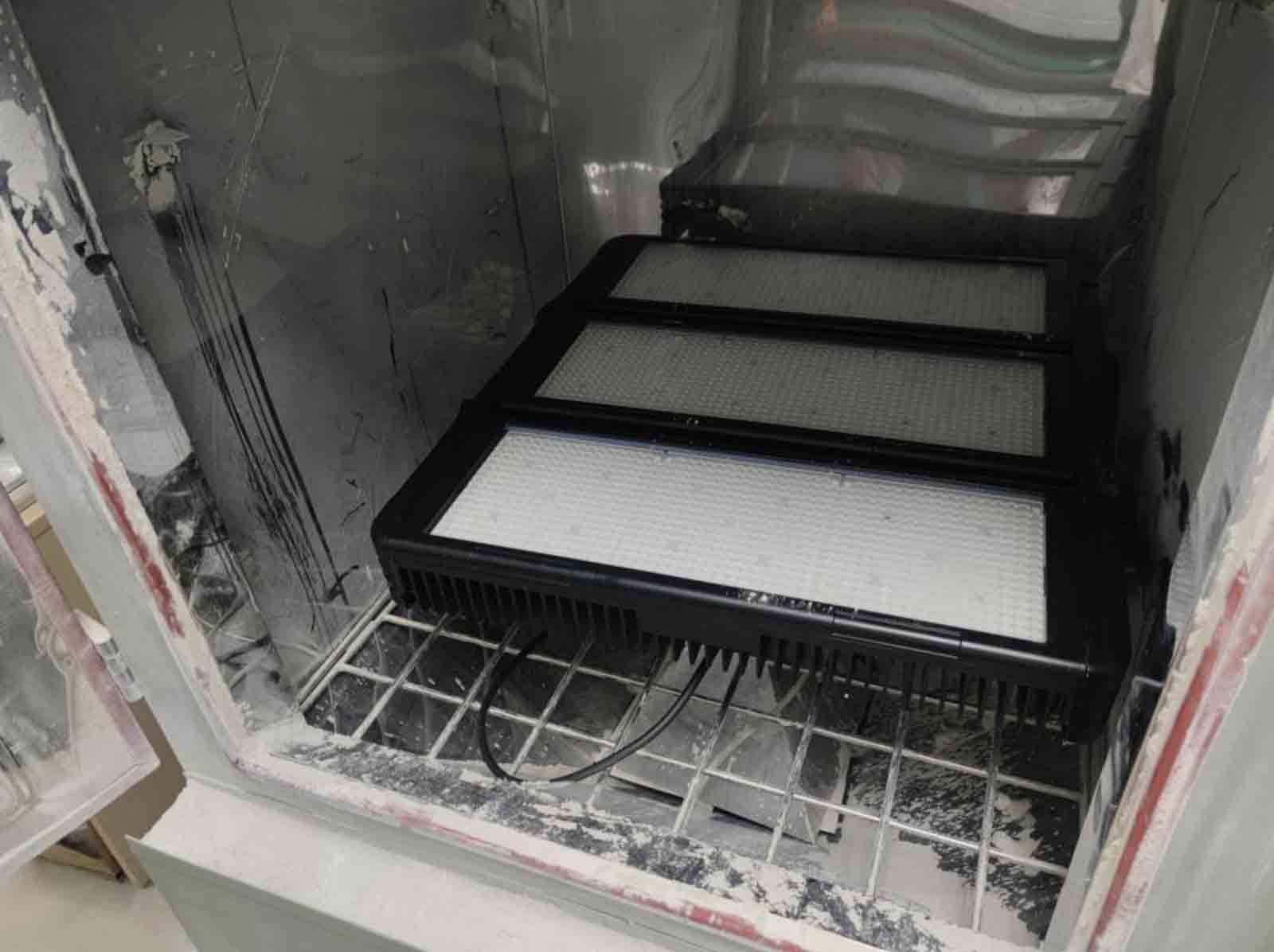
IP6X Test
IP Testing for Water Protection (Second Digit)
The second digit (0-9) in an IP rating tells you how well a light fixture can handle water exposure. To make sure these lights live up to their claims, they go through rigorous water-resistance tests. Here’s what that looks like:
- IPX1 (Dripping Water Test – 1mm per minute for 10 minutes)
- Water drips straight down onto the fixture at a rate of 1mm per minute.
- IPX2 (Dripping Water at 15° tilt for 10 minutes)
- The fixture is tilted 15° while it gets hit with dripping water—simulating real-world conditions like rain on a sloped surface.
- IPX3 (Spraying Water Test – Up to 60° Angle for 5 minutes)
- Water sprays from an upward angle (up to 60°) to test resistance.
- IPX4 (Splashing Water Test – Any Direction for 10 minutes)
- Water splashes from all directions, just like rain or accidental spills.
- IPX5 (Water Jet Test – 12.5L/min for 3 minutes)
- Low-pressure water jets (from a 6.3mm nozzle) spray the fixture from 3 meters away.
- IPX6 (Powerful Water Jet Test – 100L/min for 3 minutes)
- High-pressure jets (using a 12.5mm nozzle) hit the fixture from any direction—a serious test for outdoor and industrial lighting.
- IPX7 (Immersion Test – 30 minutes in 1m deep water)
- The fixture is fully submerged in water up to 1 meter deep for 30 minutes.
- IPX8 (Continuous Submersion Test – Specified Depth & Time)
- The fixture is submerged beyond 1 meter, with depth and duration customized for real-world applications like pool lighting.
- IPX9K (High-Pressure & High-Temperature Water Test)
- The fixture faces high-pressure steam jets at 80°C, a must for environments like food processing plants and industrial washdown areas.
These tests make sure your lighting can handle whatever the environment throws at it—whether it’s light rain, heavy downpours, or full submersion in water.
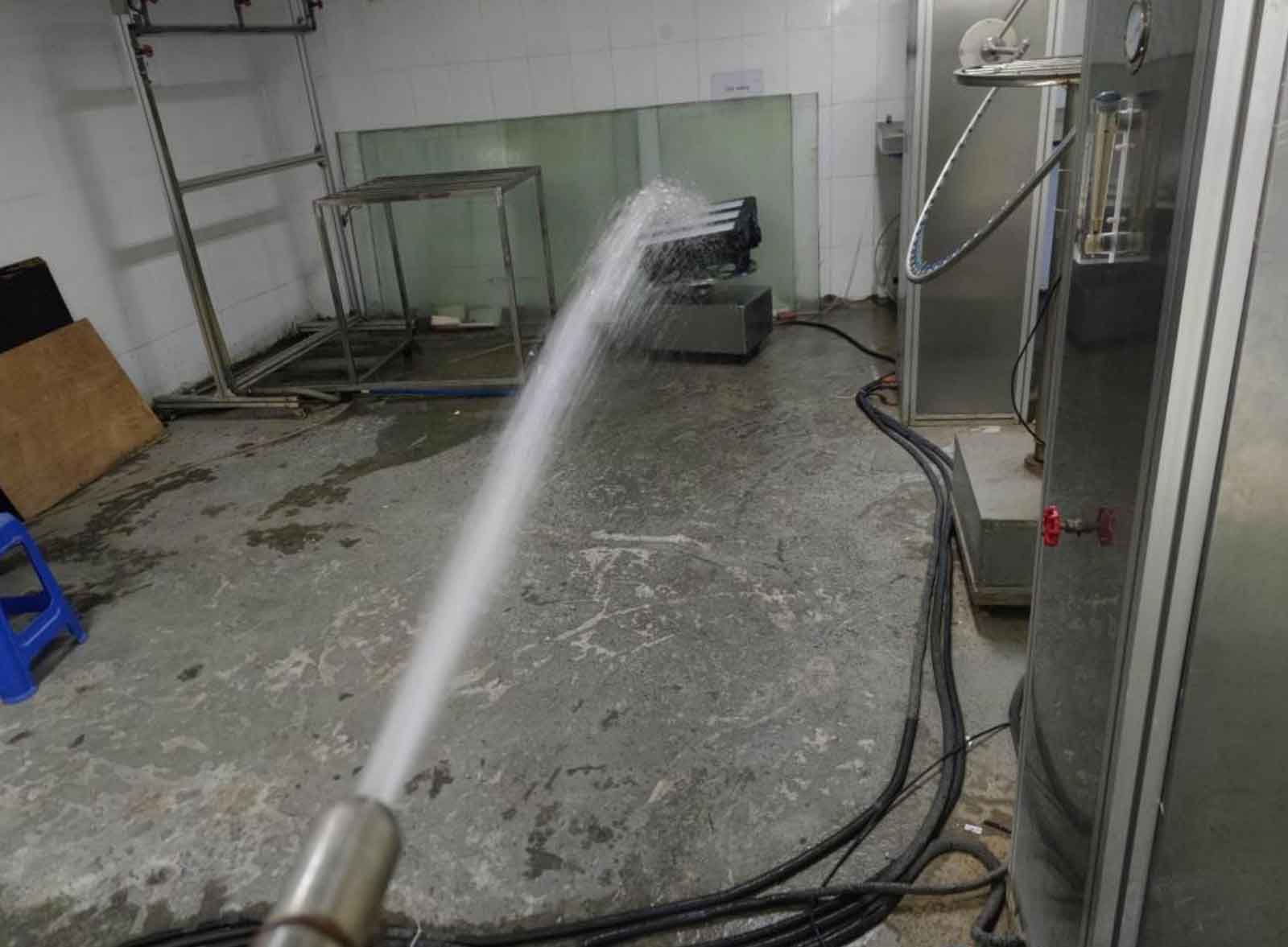
IPX6 Test
Why IP Testing is Important for LED Lighting?
- Ensures long-lasting performance and safety in tough environments.
- Confirms compliance with industry standards (IEC 60529).
- Verifies resistance to dust, moisture, rain, and full immersion where needed.
How to Choose LED Lights with the Right IP Ratings for Your Project?
Getting the right IP rating for your LED lights isn’t just about protection—it’s about making sure your lights last, perform well, and stay safe no matter the environment. Since Ingress Protection (IP) ratings determine how well a fixture handles dust and water, choosing the right one is crucial for indoor, outdoor, and industrial applications.
1. Understand the IP Rating System
Every IP rating has two numbers:
- First digit (0-6): Measures protection against solid objects like dust and debris.
- Second digit (0-9): Indicates resistance to water, from splashes to full submersion.
For example, an IP65-rated light is completely dustproof (6) and can handle low-pressure water jets (5).
2. Determine the Environmental Conditions
Not all areas need the same level of protection. Your IP rating should match the conditions where the light will be used.
Indoor Applications
| Location | Recommended IP Rating | Why? |
|---|---|---|
| Living rooms, bedrooms | IP20 – IP40 | No dust or water exposure |
| Kitchens | IP44 – IP54 | Protects against steam and splashes |
| Bathrooms | IP44 – IP65 | Handles humidity and water exposure |
| Warehouses, factories | IP54 – IP65 | Resists dust and occasional water contact |
Outdoor & Harsh Environments
| Location | Recommended IP Rating | Why? |
|---|---|---|
| Street lighting | IP65 – IP66 | Weatherproof and dustproof |
| Parking lots | IP65 – IP67 | Stands up to rain, snow, and dirt |
| Industrial sites | IP66 – IP68 | Handles dust and high-pressure water jets |
| Underwater lighting | IP68 – IP69K | Fully submersible and waterproof |
3. Match the IP Rating to Your Project Needs
- For general indoor lighting: IP20 – IP40 is fine.
- For wet areas (bathrooms, kitchens): Choose IP44 – IP65.
- For outdoor lighting: Go with at least IP65.
- For industrial and extreme environments: IP66 – IP69K ensures maximum protection.
4. Think About Maintenance
Higher IP ratings mean better protection and less maintenance, but going overboard can add unnecessary cost. Choose an IP rating that fits the actual environment—not just the highest one available.
5. Make Sure It’s Certified
Always check that your LED lights meet IEC 60529 standards to guarantee quality and reliability.

What IP Rating is Good for Indoor Use?
The right IP rating for indoor lights depends on where they’ll be installed:
- IP20 – Perfect for dry spaces like living rooms, offices, and retail stores.
- IP44 – Great for kitchens and bathrooms, where occasional splashes happen.
- IP54 – A solid choice for high-humidity areas like industrial kitchens or bathrooms.
For most indoor spaces, a high IP rating isn’t necessary, but in moisture-prone areas, IP44 or higher is the safest bet.
What is the IP65 Rating of a Light?
IP65 is one of the most widely used ratings for both indoor and outdoor lighting. It means:
- 6 (dustproof): No dust or solid particles can enter.
- 5 (water-resistant): Can handle low-pressure water jets from any direction.
IP65-rated lights are ideal for street lighting, outdoor floodlights, and industrial settings where exposure to dust and rain is common.
What IP Rating is Fully Waterproof?
For fully waterproof lights, go with IP67 or IP68:
- IP67 – Can survive temporary submersion in water (up to 1 meter for 30 minutes).
- IP68 – Designed for continuous submersion, making it perfect for underwater pool lights, fountains, and marine lighting.
What is the IP Rating of LED Panels?
Indoor LED panel lights usually have:
- IP20 – IP40 – Standard for dry, dust-free areas like offices and homes.
- IP54 – A good option for high-humidity areas.
For outdoor or wet environments, an IP65-rated LED panel light is the way to go.
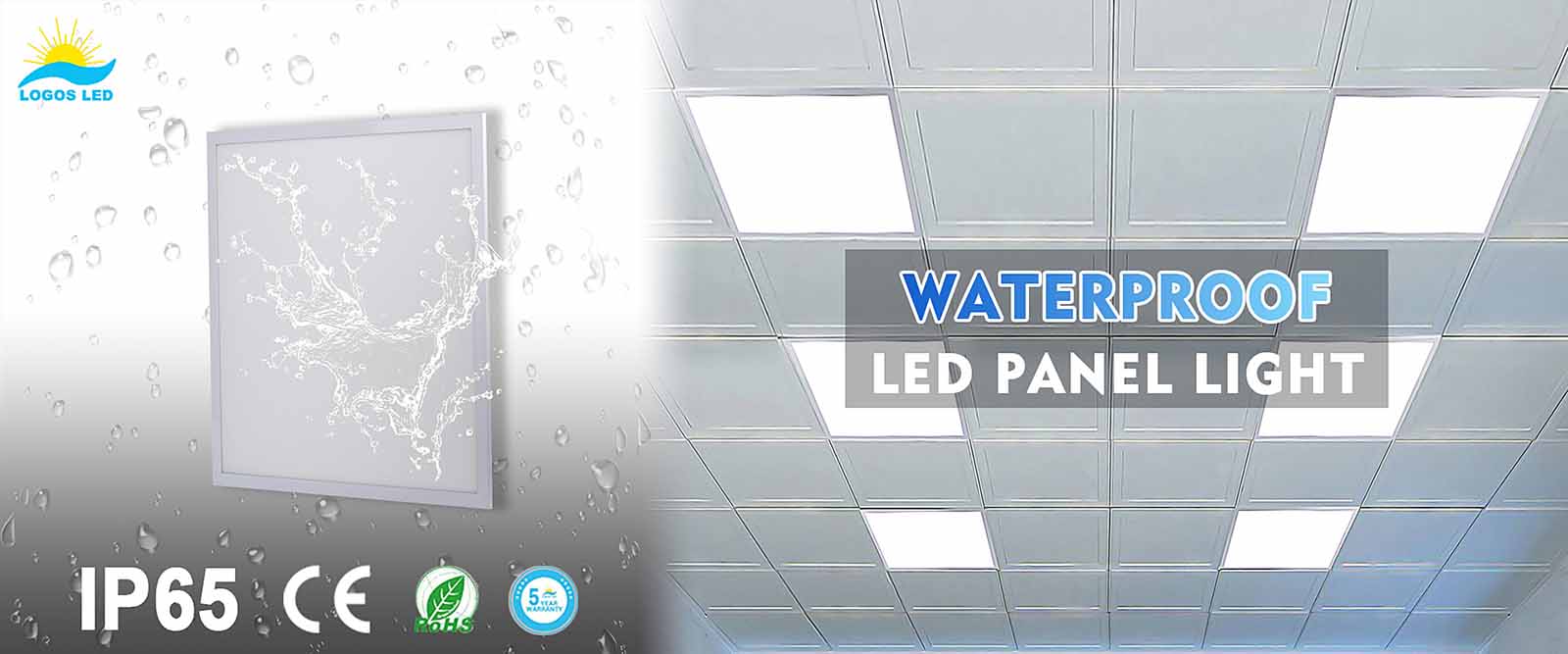
Do All Lights Have an IP Rating?
Not all lights display an IP rating, but every fixture has some level of protection. Indoor lights may not list an IP rating because they’re not designed for wet or dusty areas. However, for outdoor and industrial lighting, an IP rating is a must to indicate how well they resist water and debris.
What is the Highest IP Rating for Lights?
The highest standard IP rating is IP69K, which offers:
- Complete dust protection (IP6X).
- High-pressure, high-temperature water resistance (IPX9K).
IP69K-rated lights are built for extreme conditions, like food processing plants, car washes, and industrial sites that require high-pressure cleaning.
Do I Need IP Rated Lights in the Bathroom?
Yes! Bathrooms are high-moisture areas, and choosing the right IP rating is key to keeping your lights safe and long-lasting:
- IP44 – Works near sinks and mirrors where occasional splashes happen.
- IP65 – Recommended inside shower enclosures or directly above bathtubs.
Using the right IP rating in the bathroom prevents moisture damage and ensures electrical safety.
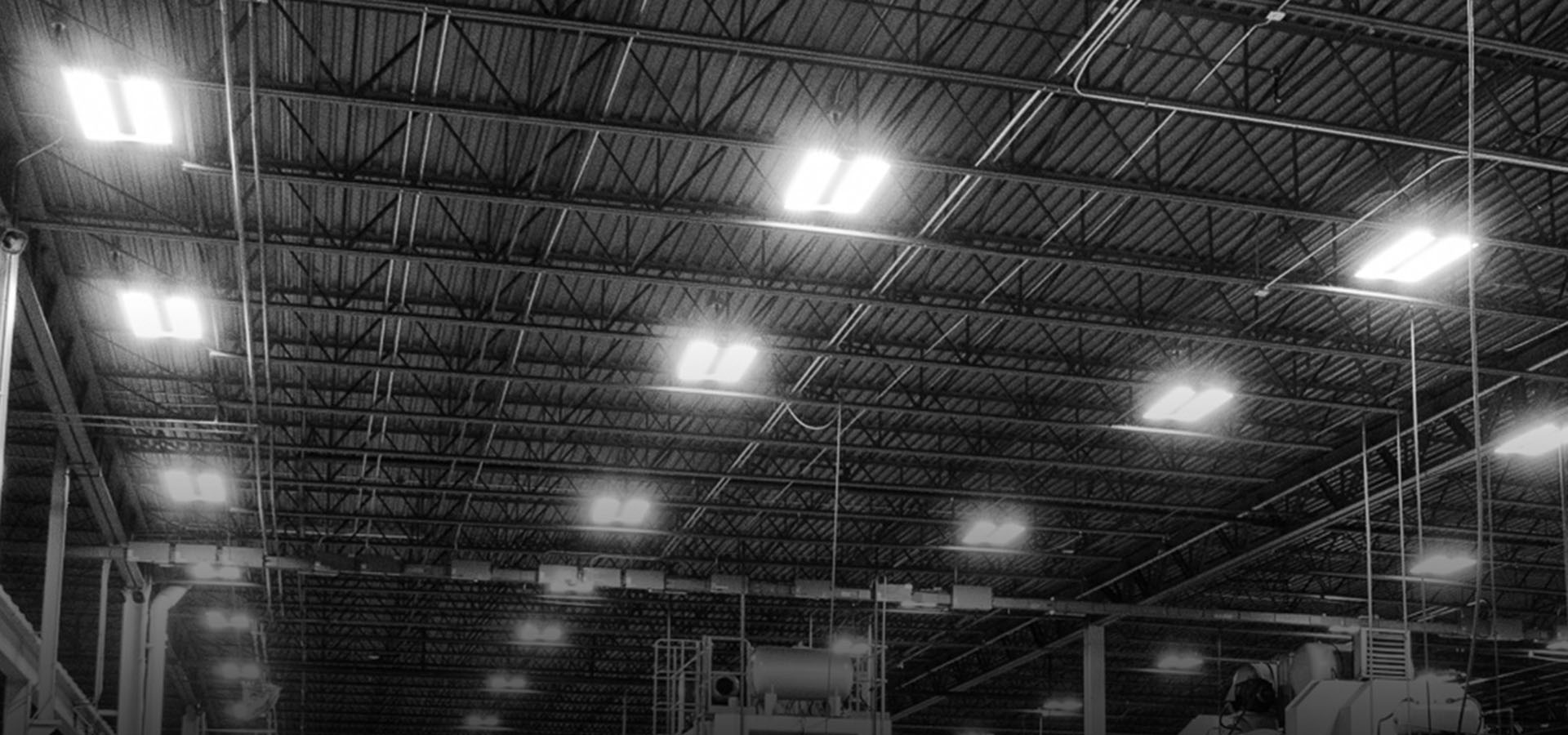
Can I Put LED Lights in the Bathroom?
Absolutely, but make sure they have the proper IP rating for their placement:
- IP20 – Fine for dry ceiling areas.
- IP44 – Ideal for vanity and mirror lighting.
- IP65 – Required for showers and high-moisture zones.
Choosing the right IP-rated LED lights keeps your bathroom safe and functional.
Conclusion
IP ratings are essential for protecting LED lights from dust, moisture, and water damage. Whether you’re lighting a living room, an outdoor space, or an industrial site, choosing the right IP rating ensures longevity, safety, and reliability.
Need help picking the perfect IP-rated LED lights for your project? Contact us today! Our team is ready to help you find the best lighting solution.
Request A Free Quote Now!
Send us a message if you have any questions or request a quote. We will get back to you ASAP!



